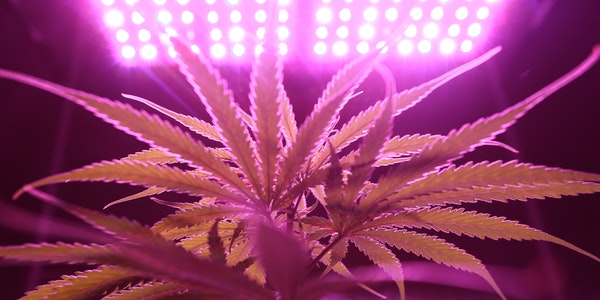Illumination
The effects of light on plant growth and development are mainly manifested in three aspects: light intensity, light time (photoperiod) and light composition (light quality).
- Light intensity
1). The influence of light intensity on plant growth and development
★Insufficient light, weakening of photosynthesis, lengthening or chlorosis of plants, inhibiting the root system,
★Plants are poorly exposed to light, flower bud formation and growth are poor, fruit development is blocked, resulting in flower and fruit drop,
★Excessive light, photoinhibition (light destruction), sunburn,
The two-way regulation effect of light intensity on vegetable quality: strong light in fruits and
★vegetables, weak light in leafy vegetables; softening of light in cultivation.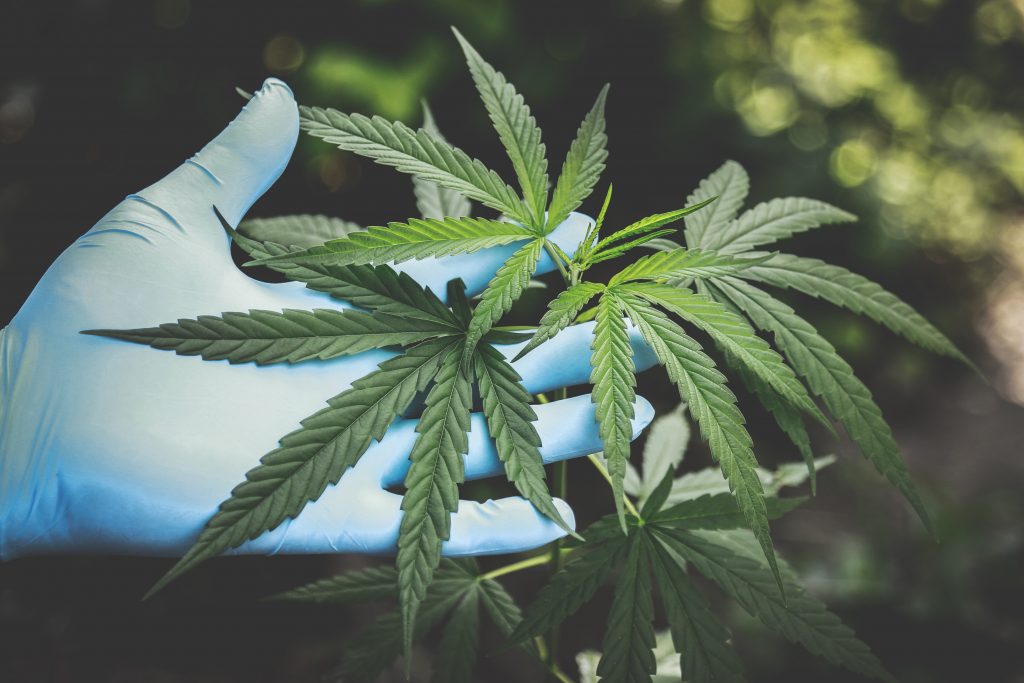
2). Light form built
Meaning: The morphological changes of plant organs regulated by low-energy light are called photomorphogenesis.
★ Potato plants extract yellowed branches (stolons) in the dark, but only need to irradiate them under low light for 5-10 min a day to make the yellowing disappear and become normal ground stems.
★Eliminating the abnormal phenomenon of plant growth in the absence of light is a low-energy reaction, which is essentially different from photosynthesis.
3) Need luminosity
Luminosity is the demand of plants for light intensity, which is related to plant species, varieties, geographical location of origin, and long-term adaptability to natural conditions.
★Tropical and subtropical plants native to low-latitude and rainy areas generally have slightly lower light requirements than high-latitude plants.
★Plants native to forest edges and open mountains are mostly light-loving plants.
★Different organs of the same plant require different luminosity.
★Different fertility periods require different luminosity.
3.1) According to the requirements of vegetable growth and development on light intensity, vegetables can be divided into:
★Strong light vegetables: saturated light intensity is about 1500µmol·m-2·s-1, watermelon, melon, tomato, pepper, eggplant, etc.
★Medium light vegetables: saturated light intensity 800~1200 µmol·m-2·s-1, cabbage, root vegetables, cucumber, etc.
★Low light vegetables: saturated light intensity 600~800 µmol·m-2·s-1, green leafy vegetables, onions and garlic, etc.
3.2) According to the different light requirements of seed germination, vegetable seeds are divided into:
★Need light seeds: Umbelliferae, Compositae
★Light-sensitive seeds: Liliaceae, Solanaceae, melons
★Medium light-required seeds: Beans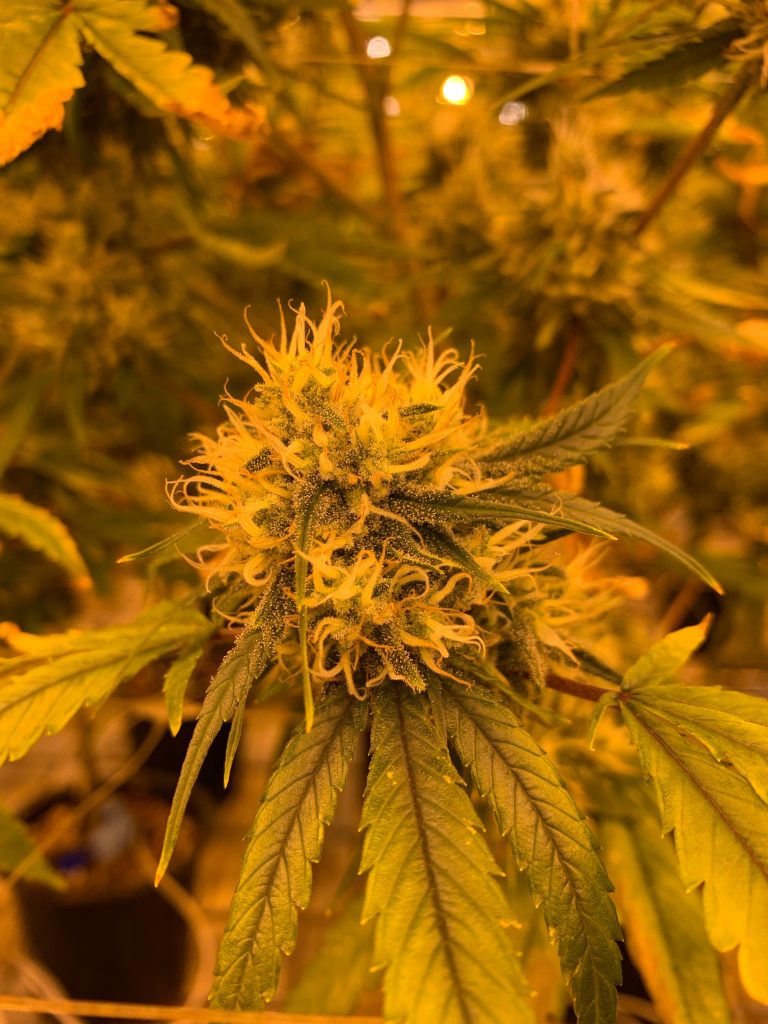
- Factors affecting light intensity
- Climate conditions: such as rainfall, clouds and fog, etc.
- Geographical location: latitude, altitude.
- Cultivation conditions: such as planting density, row direction, plant adjustment and intercropping and intercropping, etc., will affect the light intensity distribution of the field population.
- Cultivation facilities: The natural light in the open-air planting field is the strongest, the natural light in the greenhouse planting field is weaker, and the indoor planting field has no natural light at all, and artificial light is needed to provide lighting.
Light Quality
- The spectrum of sunlight
The wavelength range of solar radiation is 150-3000nm, of which visible light of 400-700nm accounts for about 52%, infrared rays account for 43%, and ultraviolet rays account for only 5%. ★The light quality changes with geographical location and seasonal changes;
★The light quality changes due to weather and other blocking materials. For example, the intensity of scattered light is low, but the proportion of red and yellow light can reach about 50%, while the direct light is only 37% of red and yellow light.
- The role of light quality
|
Spectrum/nm |
Plant physiological effects |
|
>1000 |
After being absorbed by plants, it will be converted into heat energy to promote dry matter accumulation, but does not participate in photosynthesis. |
|
1000-720 |
affects plant elongation, 700-800nm radiation is called far-red light, which plays an important role in photoperiod and seed formation, and controls flowering and fruit color. |
|
720-610 (red orange light) |
is strongly absorbed by chlorophyll and has the strongest photosynthesis. Under certain conditions, it shows a strong photoperiod effect. |
|
610-510 (green light) |
does not absorb much chlorophyll, and the photosynthetic efficiency is also low. |
|
510-400 (blue-violet light) |
Chlorophyll absorbs the most, showing strong photosynthesis and forming effect. |
|
400-320 |
plays the role of forming and coloring. |
|
<320 |
Harmful to most plants, may cause plant stomata to close and affect photosynthesis |
★Photosynthesis: The light absorbed by the leaves is mainly visible light, which assimilates the energy in the solar spectrum from 380 to 710 nm. Among sunlight, red light is most absorbed by chlorophyll and has the greatest effect, followed by yellow light. The assimilation efficiency of blue-violet light is only 14% of that of red light. 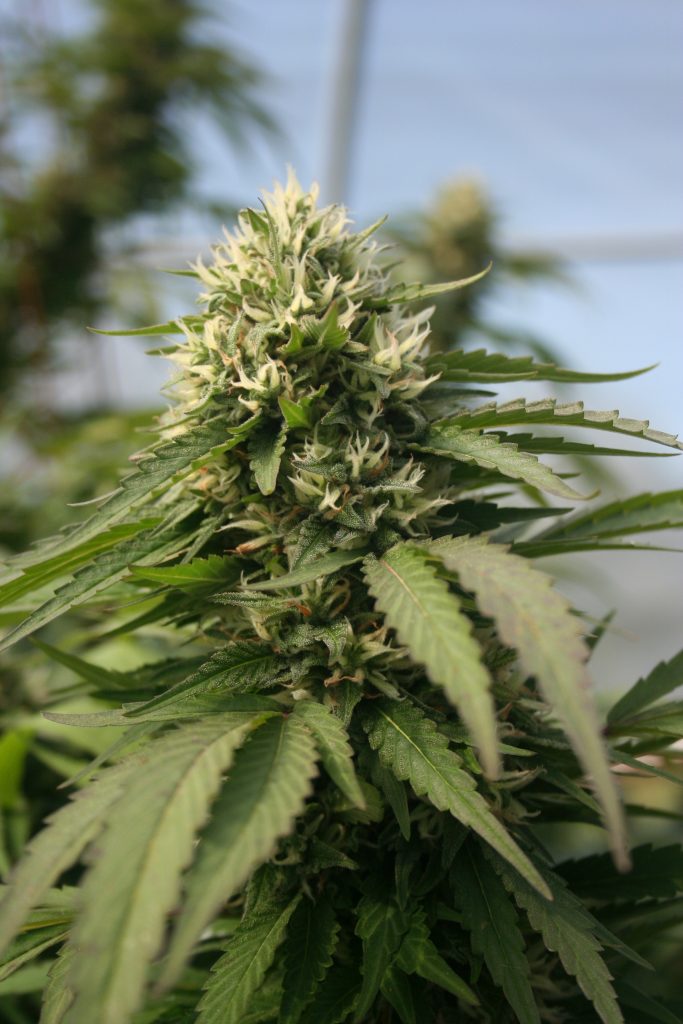
★Regulate the growth and development of plants: red light can accelerate the development of long-day plants and delay the development of short-day plants, and blue-violet light can accelerate the development of short-day plants and delay the development of long-day plants. Irradiation of red light and blue light in tomato seedling stage is beneficial to cultivate strong seedlings and improve cold resistance; sweet pepper seedlings cultivated with white light and yellow light have higher quality.
★Affect the quality of the product: red light is conducive to the formation of anthocyanins, and ultraviolet light is conducive to the formation of Vc.
★Light morphogenesis: The enlarged bulbs of cabbage are easy to form under blue light, but not easy to form under green light.
Photoperiod
- Photoperiod and photoperiod phenomenon
- Photoperiod: the periodic change of the length of the light period and the dark period. It refers to the theoretical sunshine hours from sunrise to sunset in a day, not the actual hours with or without direct light.
- Photoperiod phenomenon: The phenomenon in which plants react to the length of sunlight is called photoperiod phenomenon.
Among various meteorological factors, light period changes are reliable signals of seasonal changes.
- Critical day length
Long-light plants in a short-light environment, or short-light plants in a long-light environment, will not bloom or delay flowering. The length of sunshine that is short enough to cause the occurrence of short-light plant flower primordia is called “critical day length” or “critical photoperiod”.
- According to the photoperiod requirements, the vegetables are divided into:
★Long-day plants: Long-day promotion of flowering, cruciferous, umbelliferae, spinach, lettuce, onion, garlic, etc.,
★Short-day plants: promote flowering in short days, cowpea, chrysanthemum, lentils, concanavali, amaranth, water spinach, etc.,
★Medium sunlight plants: insensitive to day length, cucumbers, kidney beans, nightshade fruits, etc.,
★Light-limited plants: a certain range of sunshine length, too long or too short are not suitable. Wild kidney beans 12-16h.
The critical day lengths of long-day plants and short-day plants can cross each other.
Long-day plants in a short-light environment, or short-day plants in a long-light environment, will not bloom or delay flowering.
Short-day plants do not require shorter light but longer darkness. The length of the dark period is more important for the development of short-day plants.
For long-day plants, light is important, darkness is not important, or even unnecessary.
- The influence of external conditions on the photoperiod
Temperature: If the sunshine hours are the same, within a certain temperature range, the increase in temperature can promote flower bud differentiation and flowering. Such as cabbage, radish, spinach, celery, etc., if the temperature is too high or too low, they will not bloom even under long light conditions, or the flowering period will be greatly delayed. Temperature not only affects the time when the photoperiod passes, but also changes the plant’s requirements for sunlight.
Light intensity: Weak light can trigger the photoperiod effect, but it is not as great as the strong light effect.
Light quality: The photoperiod effect of different light quality is very different. Red and yellow light have significant effects, followed by blue light, and green light has almost no effect. The photoperiod spectrum is different from the chlorophyll absorption spectrum.
Plant age: The older the plant’s physiological age, the more sensitive it is to the photoperiod. Germinating seeds will not respond to the photoperiod, but must grow to a certain size.
- The role and use of photoperiod
(1) Function
- The photoperiod affects the flowering of plants in a specific period of the year;
- Photoperiod affects the dormancy and leaf fall of plants;
- Photoperiod affects the formation of underground storage organs such as bulbs, tubers and bulbs.
(2) Use
¤Response characteristics of photoperiod and introduction and breeding
★Very few plants can bloom only under strict critical day length conditions, which is called “qualitative photoperiod response”.
★The response of most vegetable plants to the photoperiod is not particularly strict. For example, cabbage and mustard can bloom quickly under long-day light, and can also bloom under short light (8-10h/d), but the flowering time is delayed. This phenomenon can be called “quantitative photoperiod response”. It is precisely the response characteristics of this quantity that almost all vegetable varieties have varieties with strict and non-strict requirements on photoperiod, which can be selected and bred into early, middle and late varieties.
The characteristics of photoperiod response must also be considered when introducing species in different places
¤Photoperiod induction: The phenomenon that plants can bloom even if they are in unsuitable photoperiod conditions in the future as long as they have a suitable photoperiod for enough days.
★The photoperiod effect is mainly to induce the differentiation of flower buds, that is, to induce the transformation of plants from vegetative growth to reproductive growth.
★The part that feels the photoperiod stimulation is the leaf, not the growth point.
Facility lighting conditions and its adjustment
- Facility lighting characteristics
- Light intensity: The light intensity in the facility is weaker than natural light.
- Lighting hours: The lighting hours in a facility refers to the length of time that it receives direct light, which varies with the type of facility.
- Light quality: The light quality in the facility is different from natural light, which is mainly related to the nature of the transparent covering material. Ultraviolet shortwave radiation is low, and infrared longwave radiation is strong.
- Light distribution: The light distribution of open field crops is uniform under natural light, but not in gardening facilities.
- Factors affecting light intensity in facilities ,
★Facility type, structure and orientation ,
★The size and angle of the daylighting surface,
Sun altitude angle,
★Covering material: absorptance + reflectance + transmittance = 1, the transmittance reaches 75 to 90%.
★Dust and water droplets have a strong ability to absorb infrared rays (0.1~1.0cm water droplets can absorb about 50% of the energy of infrared rays) 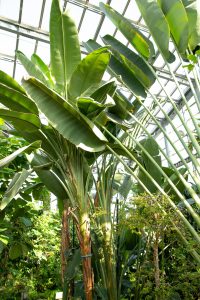
- Adjustment of light in the facility
(1) Shading
- When the sun is too strong at noon in early summer, shading to cool down,
- Dark and soft cultivation
(2) Add light and fill light
★Increase the light transmittance of the transparent cover: non-drip anti-fogging film, frequent cleaning,
★Reasonably adjust the orientation of facilities and roof angle,
★Minimize shading of building materials,
★The direction and density of crop ridges are reasonable,
★Reasonable plant adjustment,
★Use reflected light to paint the back wall white; use mirrors, aluminum foil, etc.,
★Plant growth light.

